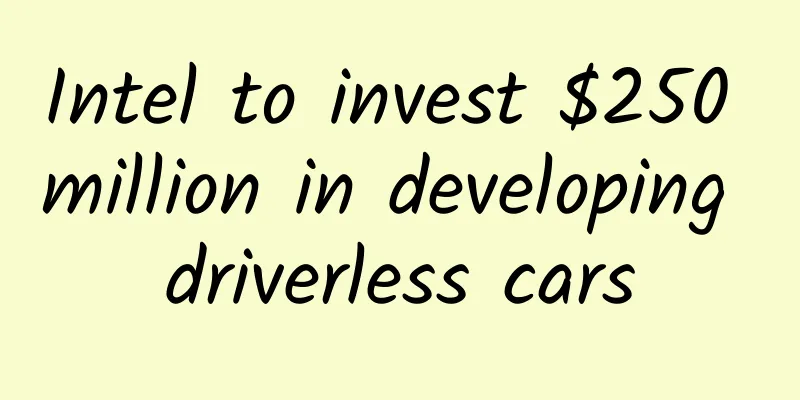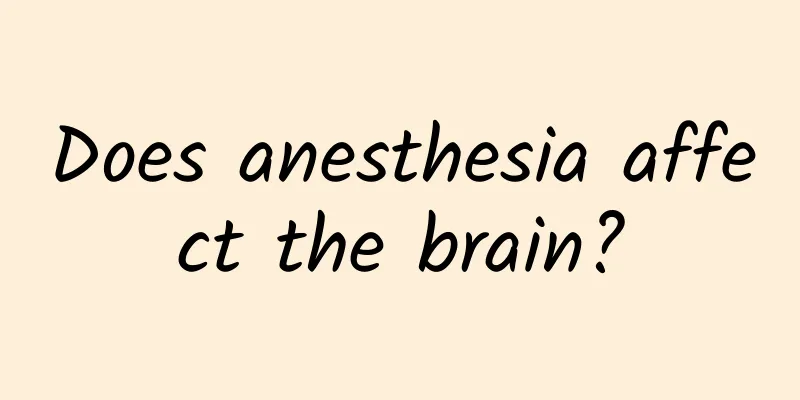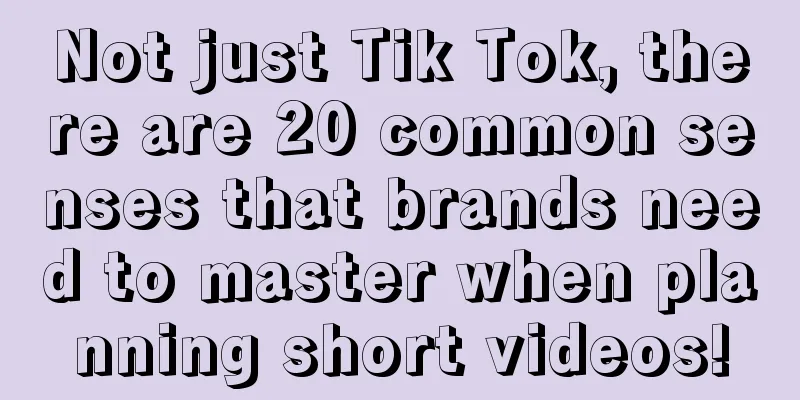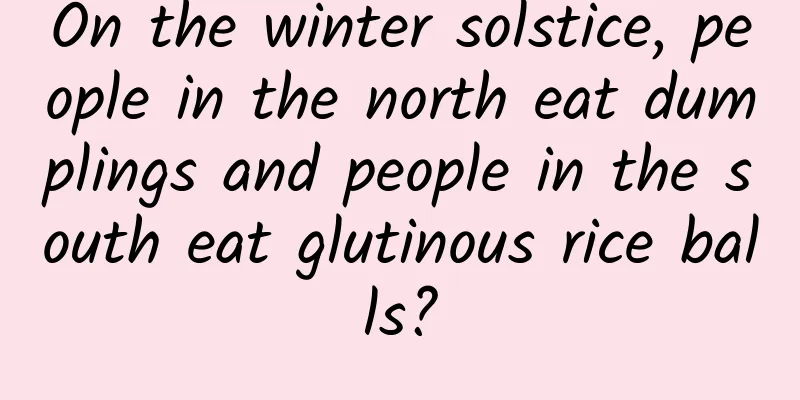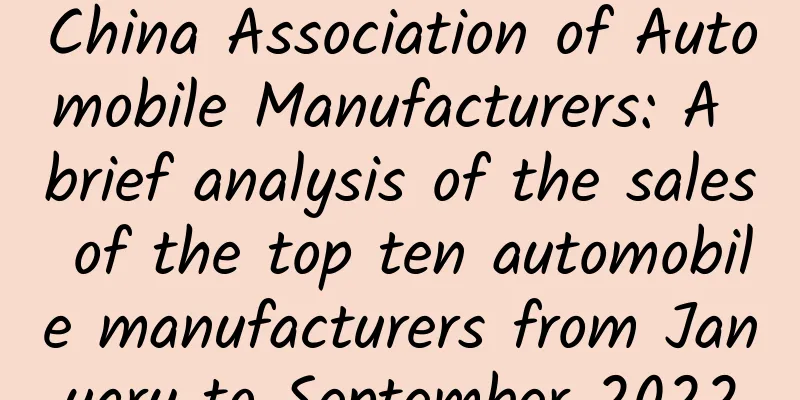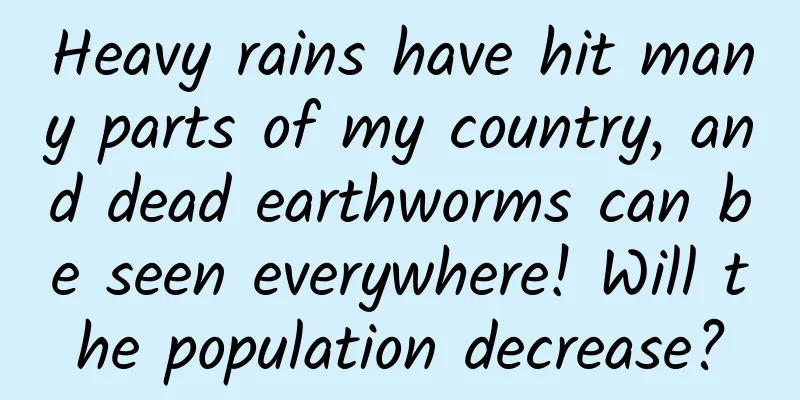Describe the design pattern in one sentence
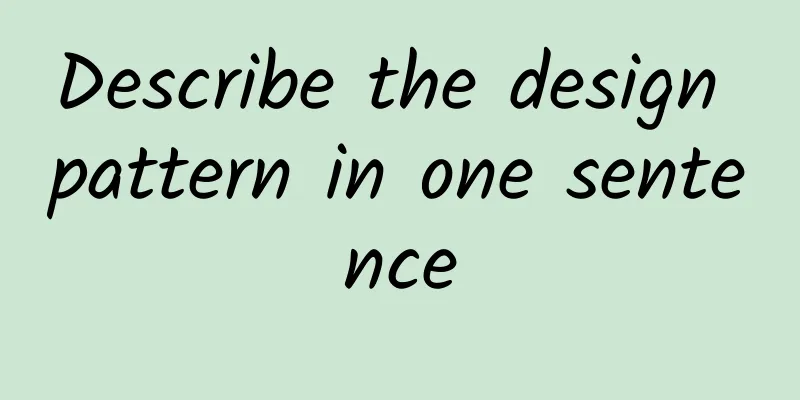
|
As the title says, actually, I think this is very difficult. Unless - just to give yourself a reminder, so that you can quickly recall the memories of this design pattern at a glance. The following is a summary of my notes when I was studying "Design Patterns in Big Words", some of which are from its author Cheng Jie. (Thank you very much for building such a smooth learning channel for the mysterious design pattern) 1. Creation type: (1) Singleton: Consider when only one instance is required. (2) Factory method: The factory method is generally used first to solve the object creation problem. (3) Abstract Factory: When the factory method cannot meet multiple series of problems, it is refactored into an abstract factory. (4) Builder: The construction implementation of multiple components is the same, but the required components and construction order are different. (5) Prototype: considered when the initialization information does not change. 2. Structural type: (1) Adapter: Allow classes with incompatible interfaces to work together. (Fixing the barn door after the sheep have been bolted) (2) Decoration: Dynamically add additional responsibilities to a single object, which is more flexible than generating subclasses. (3) Bridging: Change the inheritance relationship to a combination relationship so that the two can change independently. (Prepare for a rainy day) (4) Combination: Use a tree structure to represent the hierarchical relationship of "whole-part" so that the use of single objects (leaf nodes) and combined objects (branch nodes) is consistent. (5) Flyweight: It uses sharing technology to support a large number of fine-grained objects and save costs. (6) Proxy: Controls access to a single object. (7) Appearance: The high-level interface of the subsystem, avoiding third parties in the direct relationship between two classes. 3. Behavioral: (1) Observer: One-to-many dependency relationship. If one end changes, multiple ends are notified and automatically updated. (The target and observer can achieve weak coupling) (2) Template method: inheritance + rewriting solves the problem of code duplication. (3) Command: Decouple the request sender from the specific implementer, and can queue, cancel, and redo requests to support transactions. (Multiple requests, single processing) (4) Chain of responsibility: Arrange the handlers into a chain and pass the request along the chain. (Single request, multiple handlers) (5) State: When the state within an object changes and different operations are performed, the state transfer logic is not in the if/switch, but between subclasses. It is easier to add/modify states and state transitions. (6) Interpreter: If a particular problem occurs frequently enough, it is necessary to define the grammar representation and the interpreter itself. (7) Mediator: The mediator encapsulates a series of object interactions, reduces coupling between objects, and facilitates reuse. (Many friends) (8) Visitors: Consider when the Elements are relatively stable and Visitors are easy to increase. (Friends are more about quality than quantity) (9) Strategy: Encapsulate a series of algorithms one by one and make them interchangeable, making them easy to switch, understand, and expand. (10) Memo: It does not destroy encapsulation, but takes the state of the object into account and requires that the state be restored. (Maintain encapsulation boundaries) (11) Iterator: Separate the access and traversal of a collection from the collection object into the iterator. |
<<: After he sold the company, he paid his employees 150 months’ salary!
>>: Why do we need motion design?
Recommend
How much does it cost to develop a wine utensils mini app in Xi'an?
How much does it cost to develop a Xi’an wineware...
The underlying logic of Kuaishou live streaming sales from Simba’s sales
In the Double Eleven battle that ended not long a...
The longest in China! The highest in the world! What will we see on National Highway 219?
National Highway 219 is the longest, most beautif...
How can programmers achieve "fast programming speed and few bugs"?
[[131966]] A netizen asked on Quora: How can I tr...
Sony 75X9500G TV review: The dominant player in the LCD era, true 4K HDR flagship
From the lens to the living room, as the only ful...
What are the functions of Foshan WeChat Convenience Store Mini Program? How to create a convenience store mini program?
As people's pace of life continues to accelera...
Kingdee Cloud Developer Conference: Mobile work platform ushered in a year of explosive growth
From January 15th to 16th, the first Kingdee Clou...
What are the advantages of developing a mini program for a chain convenience store?
The rapid development of the Internet in recent y...
Little dirty! How to make APP operation and promotion "hard" and "soft"
APP operation and promotion , to put it simply an...
Uncovering the mystery of “color fading”: Why are men’s pillows and sheets more likely to turn yellow?
Tuchong Creative I wonder if you have noticed a c...
Foreign trade tips | SNS marketing methods
Although social media tools vary and marketing me...
The best things in life happen when you are alone
Leviathan Press: Being alone forces you to think ...
PERKINS COIE: Emerging Technology Trends Report 2022
PERKINS COIE released the "2022 Emerging Tec...
Super Fans Pass Advertising Steps
1. Overview of the Delivery Platform Super Fans L...
Why do unoccupied houses age so quickly?
I don’t know if you have ever seen those vacant o...
